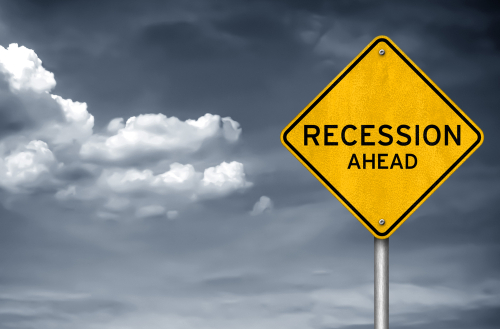
Monetary Policy & Inflation | US

Monetary Policy & Inflation | US
This article is only available to Macro Hive subscribers. Sign-up to receive world-class macro analysis with a daily curated newsletter, podcast, original content from award-winning researchers, cross market strategy, equity insights, trade ideas, crypto flow frameworks, academic paper summaries, explanation and analysis of market-moving events, community investor chat room, and more.
The November FOMC meeting minutes revealed that ‘a substantial majority of participants judged that a slowing in the pace of increase would likely soon be appropriate’. The dovish twistsaw benchmark US treasury yields close the week lower with US 10Y yields (3.68%, -14bps WoW) and US 2Y yields (4.42%; -9bps WoW) falling on Friday.
Despite yields tracking lower on Friday, short-term yields continued to outpace longer-term yields with the 2s10s inversion (-74bps) deepening to four-decade lows. We think it inverts to at least –100bps. The 3M10Y part of the yield curve inverted on 10 November and the slope is currently around -54bps.
Our recession model, which uses the 2Y10Y part of the yield curve, assigns an 89% chance of a recession within the next twelve months (Charts 1 and 3). This is a four-decade high. It has signalled at least an 80% chance of recession consistently since the start of November. Meanwhile, the Federal Reserve’s (Fed) recession model, which uses the 3M10Y part of the yield curve, produces a 42% chance of recession (Chart 2). The probability of recession increases with yield curve inversion.
Lastly, the US data calendar picks up again this week with personal spending, income, and PCE inflation on Thursday and NFP data expected on Friday. Meanwhile, Fed Chair Jerome Powell is giving a speech on Wednesday on the economic outlook of the labour market – we expect it to be hawkish.
We introduced two models for predicting US recessions using the slope of the US yield curve. When long-term yields start to fall towards or below short-term yields, the curve flattens or inverts. This has often predicted a recession in subsequent months. Our model is based on the 2s10s curve compared to a model from the Fed that is based on 3M10Y curve. We believe that the 2Y better captures expectations for Fed hikes in coming years and is therefore more forward-looking.


Spring sale - Prime Membership only £3 for 3 months! Get trade ideas and macro insights now
Your subscription has been successfully canceled.
Discount Applied - Your subscription has now updated with Coupon and from next payment Discount will be applied.